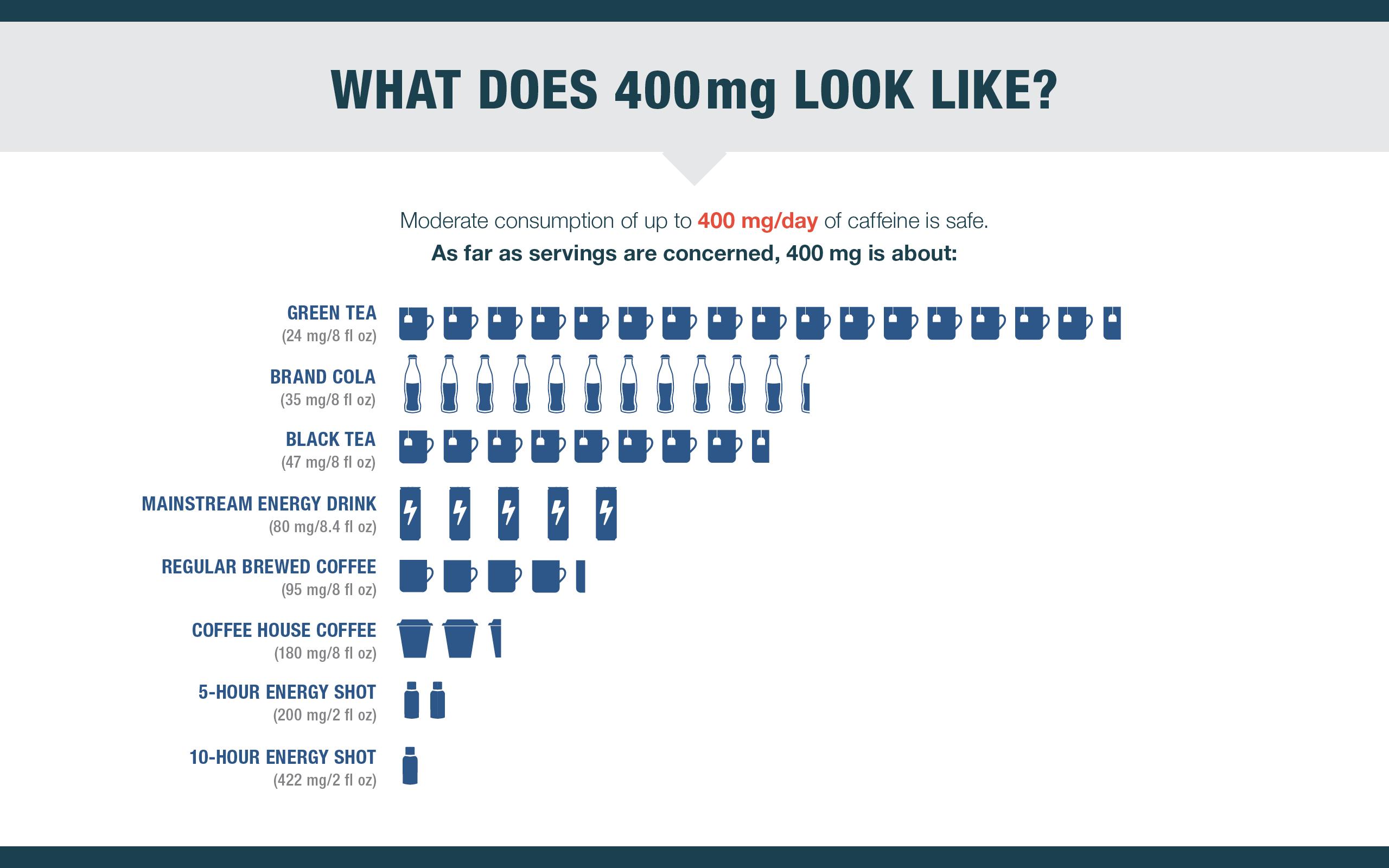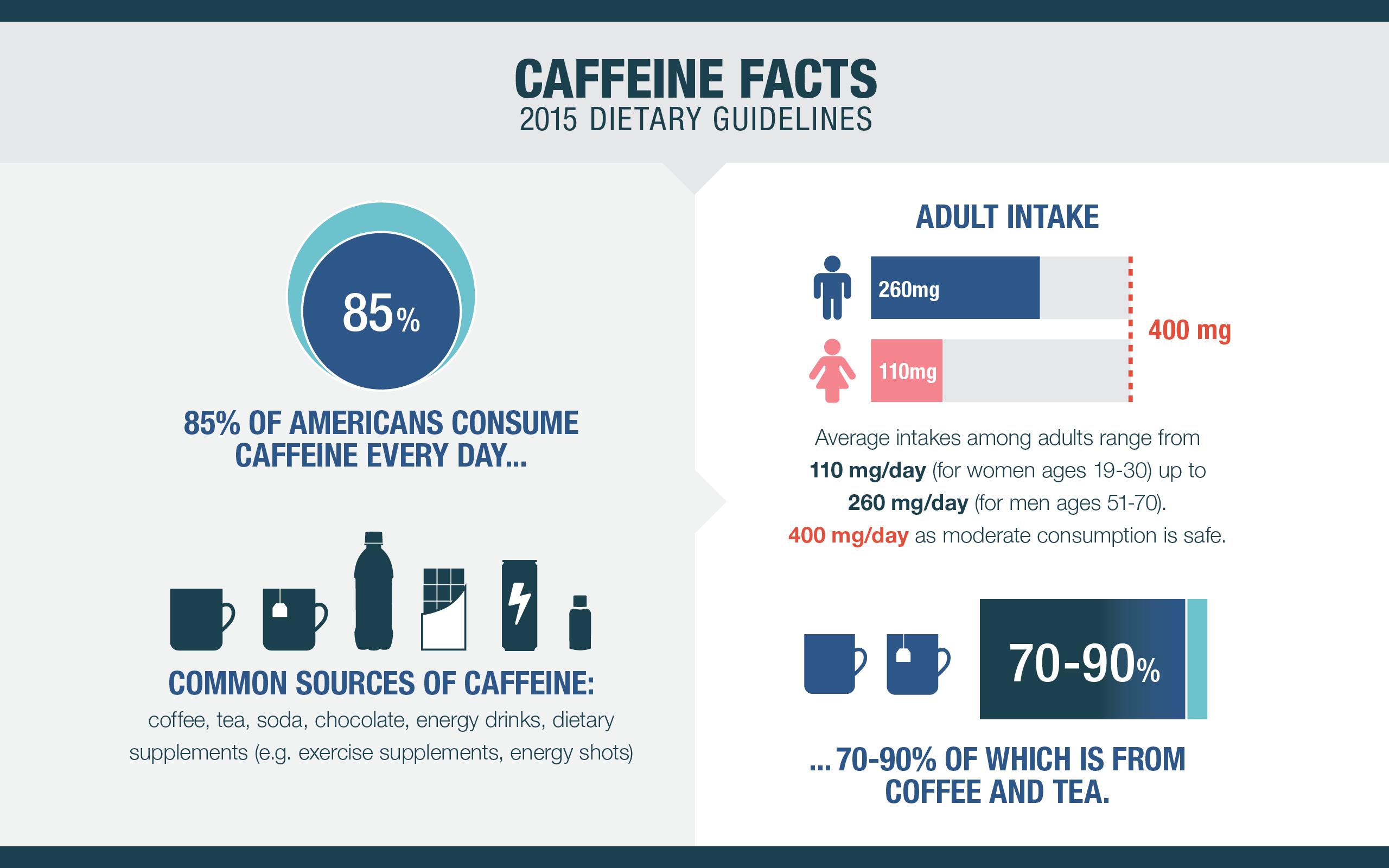March 1, 2016
Contact: NCL Communications, Cindy Hoang, cindyh@nclnet.org, (202) 207-2832
Washington, DC—During March, which claims title to National Nutrition Month and Caffeine Awareness Month, the National Consumers League (NCL) is raising consumer awareness on the world’s most consumed “pick-me-up.” Caffeine is an especially appropriate topic given that the recently published 2015-2020 Dietary Guidelines for Americans includes recommendations on caffeine consumption.
“Caffeine consumption is widespread in the United States, with 85 percent of the population drinking at least one caffeinated beverage per day,” said Sally Greenberg, NCL’s executive director. “Although most Americans have a daily caffeine ritual, many might not know about caffeine, including the latest recommendations from the official U.S. Dietary Guidelines for Americans.”
In the interest of informing American consumers and promoting moderation, NCL provides the following 11 things you likely did not know about caffeine:
1. The world’s top caffeine consuming nations include Sweden, Norway, Denmark, and the Netherlands.
2. Caffeine has been consumed by humans for thousands of years. It is reported that tea was first consumed in China as early as 3000 BC, and there is evidence of coffee consumption as early as the 9th Century in Ethiopia.
3. The principal dietary sources of caffeine remain largely unchanged, and the Dietary Guidelines confirm that most intake of caffeine in the United States continues to come from coffee, tea, and soda.
4. The recently released Dietary Guidelines conclude that moderate coffee consumption (up to 400 mg/day of caffeine) can be part of a healthy eating pattern. Moderate caffeine intake of up to 400 mg/day has also been found to be safe by Health Canada and the European Food Safety Authority.
5. On average, caffeine intake of American adults ranges from 110 mg/day (for women ages 19-30) up to 260 mg/day (for men ages 51-70) and U.S. dietary patterns indicate that caffeine intake has remained steady over the past decade.
6. The following are examples of how much you would have to consume to reach 400 mg of caffeine.
- 16.6 servings of green tea (24 mg caffeine/8 fl. oz.)
- 11.5 servings of brand cola (average 35 mg caffeine/12 fl. oz.)
- 8.5 servings of black tea (47 mg caffeine/8 fl. oz.)
- 5 servings of Red Bull energy drink (80 mg caffeine/8.4 fl. oz.)
- 4.2 servings of regular brewed coffee (95 mg caffeine/8 fl. oz.)
- 2.2 servings of coffee house coffee (180 mg caffeine/8 fl. oz.)
- 2 servings of 5-Hour Energy (200 mg caffeine/2 fl. oz.)
- 1 serving of 10-Hour Energy shot (422 mg caffeine/2 fl. oz.)
7. Some animals should not consume caffeine. Dogs, cats, and birds cannot metabolize caffeine, so don’t feed your pets chocolate or anything with caffeine!
8. Caffeine is sometimes found in surprising places like orange soda, lemonade, and enhanced water beverages.
9. Amounts of caffeine in “cold brewed” coffee can be astonishing. These products may contain as much as 2,160 mg of caffeine per 32 fl. oz. bottle (that’s the equivalent of about 23 cups of home brewed coffee, 62 cans of cola, or 45 cups of black tea!).
10. Caffeine is found naturally in over 60 plants, and it is also produced synthetically and added to some products including soft drinks and energy drinks. As the actual source of caffeine does not matter, the Dietary Guidelines treat caffeine holistically, focusing on the ingredient itself whether naturally-occurring, synthetic, or a combination of both—versus individual caffeinated products.
11. The 2015-2020 Dietary Guidelines find strong and consistent evidence that moderate caffeine consumption in healthy adults is not associated with an increased risk of major chronic diseases (e.g., cancer, heart disease) or premature death.
FDA currently requires food labels to disclose added caffeine as an ingredient, but the label is not required to provide the amount of caffeine. Consequently, very few products voluntarily list the total amount of caffeine they contain, although some companies, like Red Bull and Monster, and some soft drinks, provide this information voluntarily.
“To be able to track of caffeine intake and use the 400 mg/day moderate level of intake as an upper limit guideline for recommended intake, consumers need to know how much caffeine is in the foods and beverages they consume,” said Greenberg. “To maximize transparency for consumers, NCL believes that all products containing caffeine should declare the amount of caffeine per serving—and per container—on the label.”
Although there is wide use of caffeine, caffeine is not for everyone. The 2015-2020 Dietary Guidelines recommend that pregnant women, those who may become pregnant, and those who are breastfeeding should consult their health care providers for advice concerning caffeine consumption. Although the Guidelines are silent on other population groups, it is scientific consensus that everyone is different when it comes to caffeine. Children and teens should generally consume less caffeine due to their lower body weights (and parents should monitor).
###
About the National Consumers League
The National Consumers League, founded in 1899, is America’s pioneer consumer organization. Our mission is to protect and promote social and economic justice for consumers and workers in the United States and abroad. For more information, visit www.nclnet.org.
















